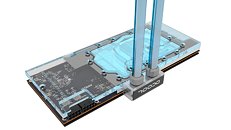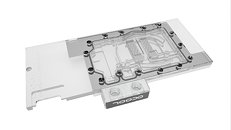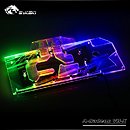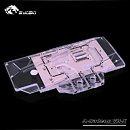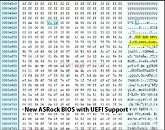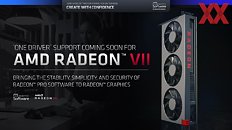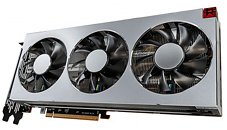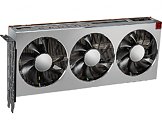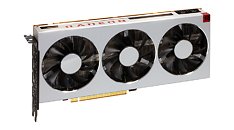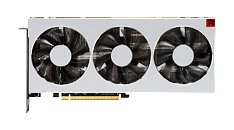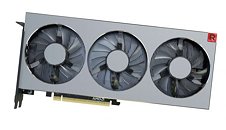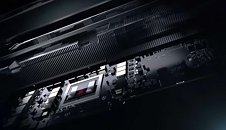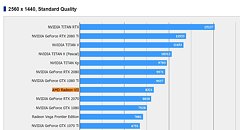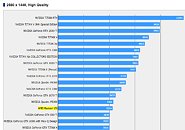
AMD Releases Radeon Software Adrenalin 2019 Edition 19.3.3 Drivers
AMD today released the latest version of their Radeon Adrenalin 2019 Drivers with beta version 19.3.3. This release adds support for Sekiro: Shadows Die Twice and Generation Zero. In regards to performance improvements AMD made no mention of any with this release; however, a few fixes were implemented. Up first is Rainbow Six Siege which should no longer have texture flickering or intermittent corruption issues. Meanwhile, in DOTA 2 VR AMD has managed to eliminate stutter problems on HMD devices when the game is utilizing the Vulkan API. They also made mention of two known issues as well. The first issue impacts AMD Ryzen mobile processors with Radeon Vega Graphics, on which the mouse cursor can disappear or go beyond the top boundary of a display. While the second problem pertains to WattMan gauges along with the performance metrics, overlay being inaccurate on systems with an AMD Radeon VII installed.DOWNLOAD: AMD Radeon Adrenalin Edition 19.3.3 Beta



